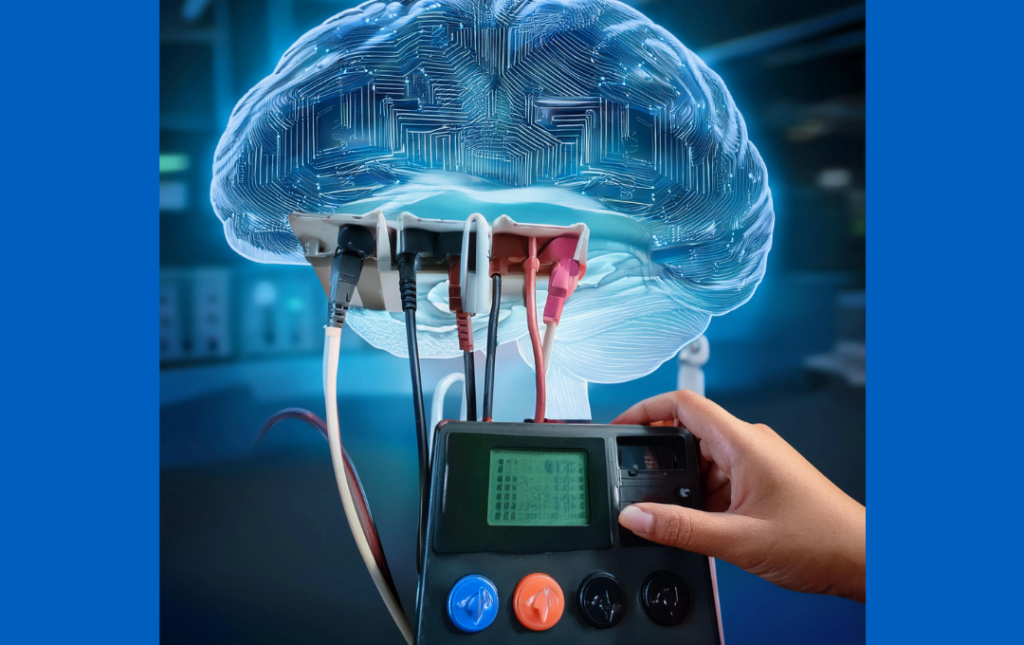Every Monday afternoon, MondayLive! a dedicated group gathers to explore the future of smart buildings and how their increasing intelligence will shape the industry. During a recent session focused on buildings as assets, the discussion turned to the importance of ISO 55000.
What is ISO 55000?
ISO 55000 is an international standard that provides a framework for effective asset management. It outlines the systems, processes, and practices organizations can adopt to maximize the value of their assets throughout their lifecycle.
“ISO 55000 is not just a technical standard; it’s a strategic enabler. It helps organizations move beyond a reactive approach to asset management and adopt a proactive, value-driven mindset.”
David Totman.
Key Takeaways
- Standardization and Alignment:
- ISO 55000 acts as a unifying force, providing a common language and methodology for asset management across an organization. This breaks down silos between departments, fostering better communication and collaboration. It ensures everyone is on the same page, working towards the same goals with a shared understanding of asset value and performance.
- Value Optimization:
- The standard helps organizations shift their focus from simply maintaining assets to actively optimizing their value. This means aligning asset management strategies with overarching business objectives, ensuring that each asset contributes to the organization’s success. By understanding the true value of each asset, organizations can make informed decisions about investments, maintenance, and disposal.
- Risk Management:
- ISO 55000 provides a systematic approach to identifying, assessing, and mitigating risks associated with assets. This proactive approach helps organizations anticipate and address potential problems before they cause disruptions or financial losses. By understanding and managing risks, organizations can ensure the long-term sustainability and reliability of their assets.
- Performance Improvement:
- The standard establishes a framework for monitoring and measuring asset performance, enabling data-driven decision-making. Organizations can track key performance indicators (KPIs), identify areas for improvement, and implement strategies to enhance asset efficiency and effectiveness. This focus on continuous improvement helps organizations get the most out of their assets and drive overall operational excellence.
Related Sources
Adopting ISO 55000 is crucial for organizations aiming to optimize the value of their assets. By implementing the standard’s framework, businesses can establish effective asset management practices, leading to improved decision-making, enhanced risk management, and, ultimately, increased organizational success.
Despite the numerous benefits of ISO 55000, organizations should be prepared to address challenges such as resource requirements, initial costs, resistance to change, and the need for flexibility. To ensure successful implementation, organizations must focus on value creation, prioritize effective change management, and seek external support when needed. By proactively navigating these complexities, organizations can harness the power of ISO 55000 to optimize asset management practices and achieve long-term success.
Watch this week’s Monday Live!, where the group discussed and learned about the all-important Asset Management standard ISO 55000. We had two expert guests from the Asset Leadership Network, Michael Bordenaro and David Totman.
https://lnkd.in/eD5kGW_hAnno ScholtenAnto BudiardjoDavid WiltsJames LeeKen SinclairMarc PetockRoger WoodwardRick JustisKeith GipsonSteve FeyTracy MarkieC4SB – Coalition for Smarter BuildingsThe IBB ProjectAutomatedBuildings



